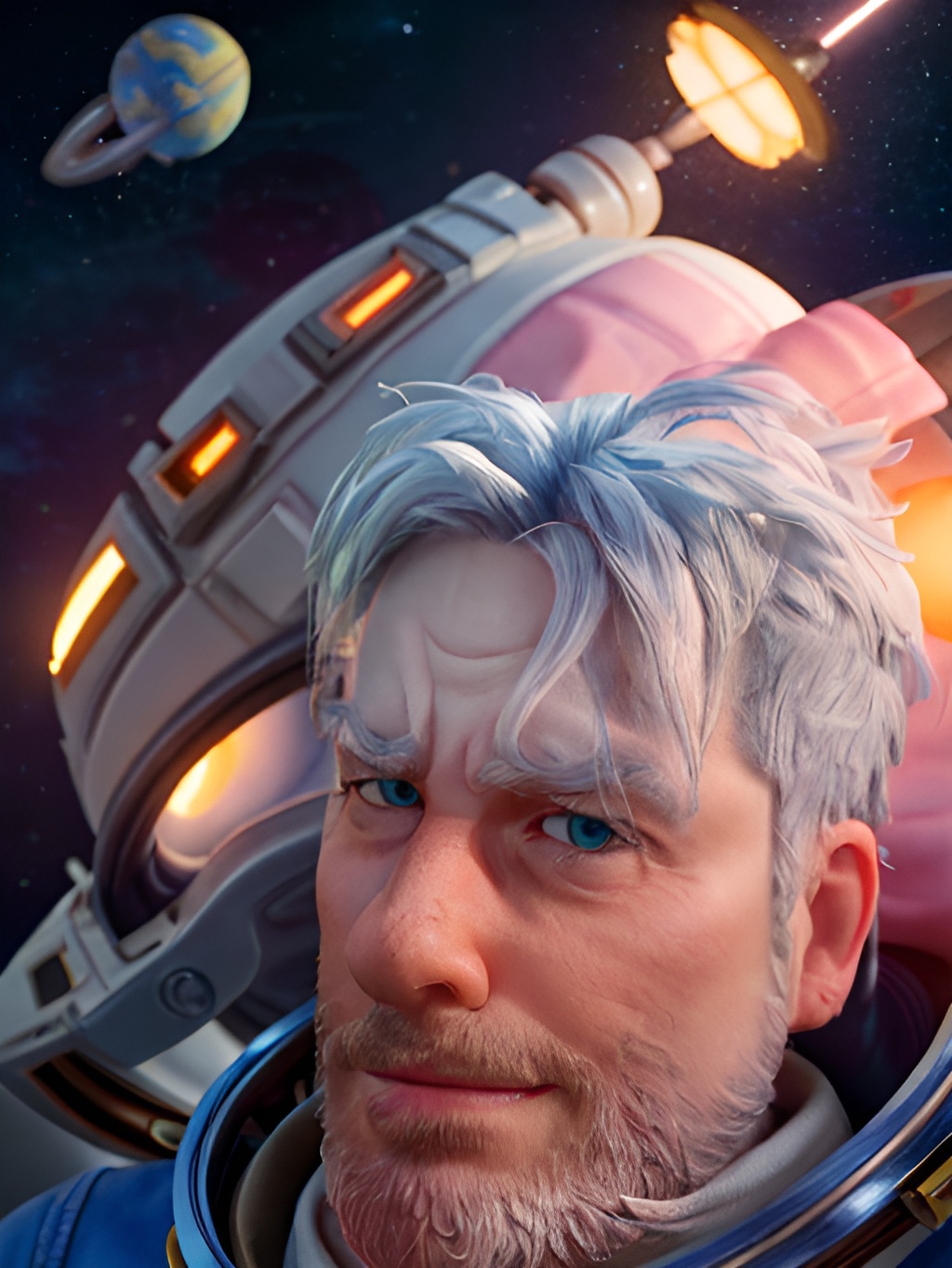Unleashing Authentic Creativity and Finding Flaws in Creativity, Edge, and Connection in an AI-Driven World
- Christopher McHale
- Jan 22, 2024
- 3 min read

As we step into a digital age where artificial intelligence (AI) is rapidly transforming industries across the globe, the stakes for human creativity are higher than ever.
What Is Real Creativity?
Creativity is not about mastering technical skills or achieving perfection. It's an abstract, fluid concept that reflects our ability to think outside the box, generate unique ideas, and find innovative solutions to complex problems. Authentic creativity, in essence, is an extension of our individuality. It's the genuine expression of our thoughts, feelings, and experiences without the influence of stereotypical norms or societal pressure.
Why Is Authentic Creativity Critical?
In an era where AI can create art, write poetry, and even compose music, the importance of authentic human creativity cannot be overstated. Authentic creativity, with its flaws and all, resonates with people on a deep, emotional level. It fosters connection, evokes empathy, and sparks engagement. It’s the flaws, the raw edges, and the unpredictable quirks that make our creations meaningful and human.
Why Are Flaws the Key to Creativity That Connects?
Flaws are real, relatable, and human. They remind us that we’re not alone in our struggles, fears, and insecurities. In fact, it’s our shared imperfections that bring us closer together. When we embrace our flaws and incorporate them into our creative work, we create art that truly connects with people.
How Is Authentic Creativity a Competitive Edge in a World Saturated with AI Content?
AI, while advanced, lacks the emotional depth and human touch that only authentic creativity can bring. It can’t recreate the nuances of human emotion or the intricacies of personal experiences. By leveraging our authentic creativity, we can create content that stands out in a sea of AI-generated monotony. It’s our competitive edge, our unique selling proposition in a market dominated by artificial intelligence.
It's like everyone tells a story about themselves inside their own head. Always. All the time. That story makes you what you are. We build ourselves out of that story.
--Patrick Rothfuss, author
Why is storytelling important?
Storytelling is a powerful tool that engages and inspires. It has the power to transform our perception of the world and those around us. But what if we told you that 'flaws' - those little imperfections we often hide or gloss over - could be the secret ingredient to producing compelling narratives?
The Power of Flaws in Storytelling
Flaws are what make us human, and ironically, they also make our stories more relatable. People love stories that show vulnerability and expose the real, raw side of life. We're attracted to stories where individuals overcome their flaws to triumph in the end. But how do we go about using these 'flaws' to create engaging content?
Incorporate Authenticity
Incorporating authenticity in your storytelling means embracing the good, the bad, and the ugly. It's about being honest with your audience. Share real stories, even if they expose some flaws. Your audience will appreciate the honesty and feel more connected to your brand.
Highlight The Journey
Remember, every flaw is a potential character arc. Show your audience the journey from flaw to strength. This not only makes your story more engaging but also inspires your audience to face their own flaws.
Engage Emotions
Flaws can stir up a variety of emotions in your audience. Use this to your advantage. Engage your audience's emotions by shedding light on the struggles and triumphs associated with overcoming flaws.
Showcase Growth
Flaws can be seen as stepping stones towards growth. Show how the characters in your stories have grown and evolved - how they've turned their flaws into strengths. This gives your audience a reason to believe that they too can overcome their flaws and grow.
To conclude, flaws aren’t something to be hidden or fixed, but rather embraced and used as a powerful tool in storytelling. So, don’t shy away from them. Instead, use them to your advantage and watch as your storytelling becomes more engaging and insightful, resonating deeply with your audience.
Your next step? Join our mailing list.





Comments